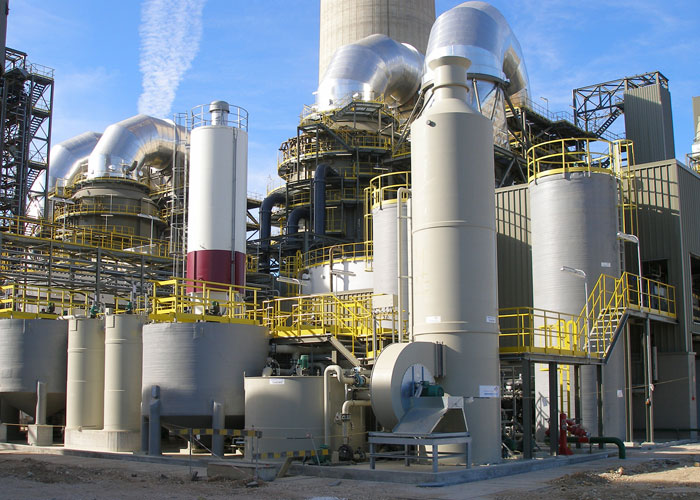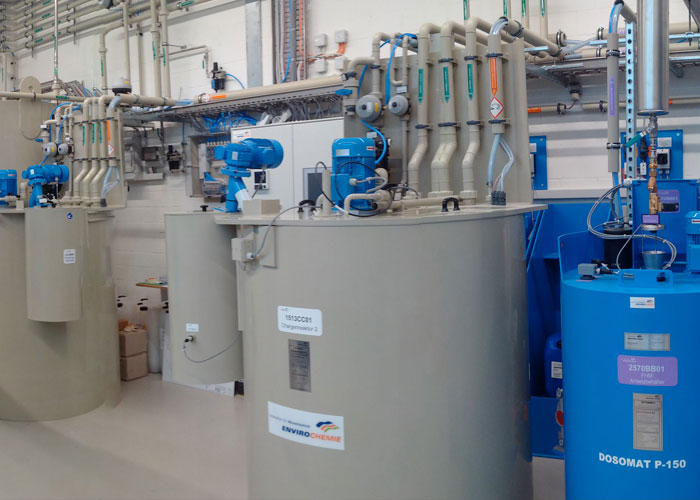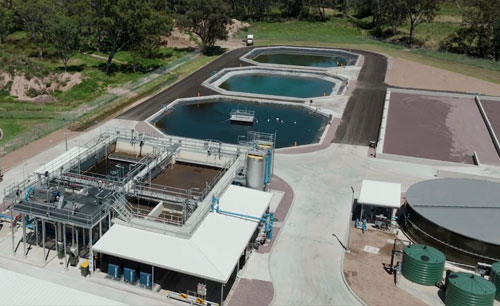There are several methods of wastewater treatment. These include filtration, chemical precipitation, and atmosphWaste-Water-Treatment-Methods.jpgeric evaporation. There are limits on the types of pollutants that can be discharged into the receiving waters. These limits are set by the municipalities and states that require wastewater treatment.
Atmospheric evaporation
Atmospheric evaporation is a wastewater treatment method that uses heat from the atmosphere to evaporate water. These devices are typically used to treat small volumes of wastewater. Their components include a tank, blower, and ductwork. These devices can also be used to expedite treatment by increasing the temperature of the waste solution.
A Wastewater Treatment Plant treats sewage and produces an effluent suitable for discharge. Its purpose is to prevent water pollution caused by raw sewage discharges.
The process has many advantages. It can reduce drag-out costs and reduce wastewater production. Another important benefit is that it can produce a concentrated chemical stream. This is because it takes advantage of the water-absorbing properties of the atmosphere. The resulting concentrated waste can be reused or sent to another treatment facility.

The wastewater produced can be recycled or used as a raw material. The concentrated water is of high quality and can be used for various purposes. In addition, the distilled water can be reused. It also undergoes a significant weight reduction. Additionally, it does not require chemical reagents, reducing the amount of waste to be disposed of. Its high efficiency also reduces waste volumes and management costs.

Chemical precipitation
Chemical precipitation is a technique used to treat water and wastewater. It works by removing ionic constituents such as metals and anions. It also removes organic molecules such as phenols and aromatic amines. This treatment method is experimental, and its efficacy is not yet proven.
The basic principle behind this treatment method is that the wastewater must be alkaline, preferably at a pH of 11. The mixture must contain a small amount of acid to neutralise the acidity. Generally, the final P concentration is lower than 0.5 mg/L. Lime is used in this process to increase the alkalinity of the water. The alkalinity of the wastewater will determine how much lime will be used. The average time required for a PH of 11 is two to three times the water's alkalinity.
In addition to reducing the pH level, chemical precipitation is also used to remove dissolved metals from wastewater. The process works by turning dissolved metals into particulates removed by filtration and coagulation. The technique is recognized for its effectiveness, and some commercial solutions exist for its use.
Activated sludge
Activated sludge is a type of biological wastewater treatment. It works by using a process called aeration and biological floc. The biological floc is made up of bacteria and protozoa. They can effectively break down wastewater by reducing the pH levels.
The first step in the process is aeration, which involves mixing wastewater and pre-treated sludge. Aeration is provided through mechanical surface agitators or submerged diffusers, which provide oxygen to the sludge. During this process, the bacteria present in the activated sludge form clusters and use organic matter as energy. Their end products are water and new cells.
Activated sludge systems are relatively efficient and require very little space. They also have low odors and few pests. In addition, they are safe and relatively easy to install. However, they do have some drawbacks. They can be affected by storm surges and produce less quality effluent.
Filtration
Filtration as a wastewater treatment process involves the removal of pollutants and solids from wastewater. The process generally removes solids and liquid from the wastewater and then filters it through a filter media. The effluent is filtered to remove contaminants and organic materials, but particles are retained. This can cause a decrease in filtration efficiency. Several factors can influence filtration efficiency.
Filtration is often used to remove colloidal impurities from wastewater. The most common type of filter used in wastewater treatment is gravity filtration. The filter media is composed of crushed glass, anthracite, or ceramic material. Its size is important because the surface area of the filter media is limited.
During filtration, particles may become attached to the filter media or detach. The detachment process takes place once the particle concentration reaches a certain value. In addition, the flow rate can increase the rate of particle detachment, causing particles to detach from the filter media.







































Share Post